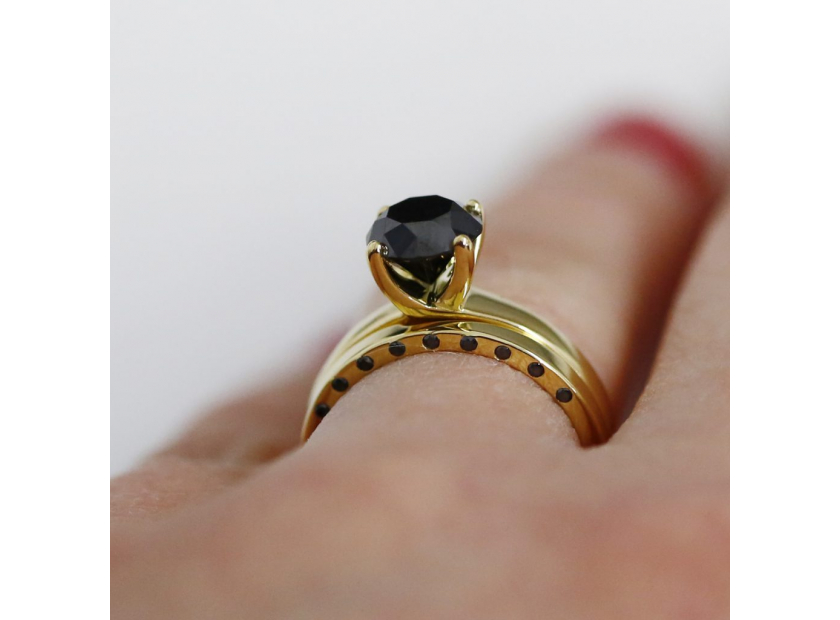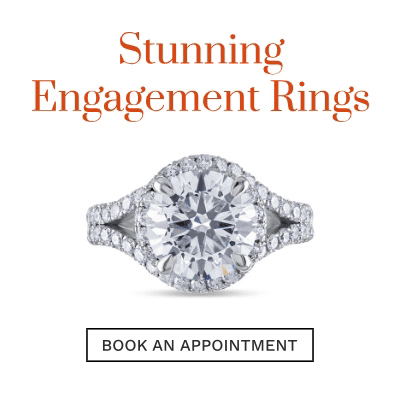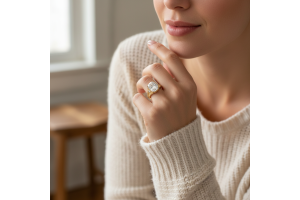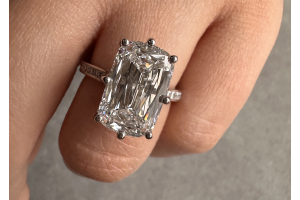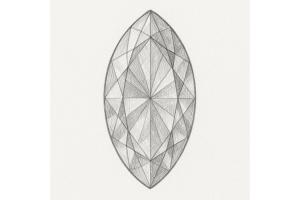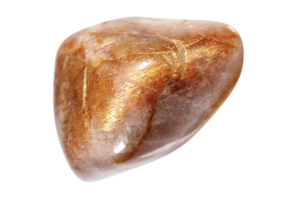GBP
/
GBP
/
Shipping to:
Currency:
What Is More Important: Diamond Clarity or Colour?
When selecting a diamond, the question of whether clarity or colour is more important often arises. This decision isn't straightforward, as it depends on personal preferences, the type of diamond, and how the diamond will be set. Understanding the nuances between diamond clarity and colour can help in making a more informed decision, ensuring you choose a diamond that meets your expectations in both appearance and value.
Understanding Diamond Clarity:
Diamond clarity refers to the presence of internal or external flaws, known as inclusions and blemishes, respectively. These imperfections occur naturally during the diamond's formation process. The fewer the inclusions or blemishes, the clearer and more desirable the diamond. Clarity is graded on a scale ranging from Flawless (no visible inclusions or blemishes under 10x magnification) to Included (where inclusions are noticeable to the naked eye).
It is essential to recognise that clarity can significantly impact a diamond's appearance, especially when viewed under magnification. However, many inclusions are microscopic and do not affect the diamond's brilliance or sparkle, making diamonds with slightly lower clarity grades more affordable without compromising on beauty.
Understanding Diamond Colour:
Diamond colour refers to the presence of any hue in a white diamond, with the most prized diamonds being completely colourless. The colour of a diamond is graded from D (completely colourless) to Z (light yellow or brown). Colourless diamonds are exceedingly rare and, therefore, command a higher price. However, for many, a diamond with a slight hue is still incredibly beautiful and may be more accessible in terms of budget.
When assessing colour, it's important to consider the diamond's setting, as certain metals, such as yellow gold, can complement or mask the slight tint in a diamond, making it appear whiter. In contrast, white gold or platinum settings may highlight any colour present, making it more noticeable.
Balancing Clarity and Colour:
The importance of clarity versus colour often comes down to personal preference and how you prioritise visual appeal versus rarity and investment. For those who value a diamond's brilliance and sparkle, colour may take precedence, as a higher colour grade can enhance a diamond's fire and scintillation. On the other hand, if you prefer a diamond with minimal visible imperfections, clarity might be more critical.
Additionally, the size and cut of the diamond can influence which factor should be prioritised. In smaller diamonds, colour may be more noticeable, while in larger diamonds, inclusions can be more apparent. A well-cut diamond can also hide certain inclusions, making clarity less of a concern.
In the end, the best approach is to strike a balance that aligns with your tastes and budget. It's advisable to view diamonds in person to see how different clarity and colour grades affect the diamond's overall appearance.
FAQ
Does a higher clarity grade always mean a better diamond?
Not necessarily. While higher clarity grades indicate fewer inclusions, many inclusions are microscopic and do not affect the diamond's beauty. It is possible to find diamonds with lower clarity grades that still look stunning and offer better value for money.
Is diamond colour more important than clarity?
The importance of diamond colour versus clarity depends on individual preferences. Some people prioritise a colourless diamond for its brilliance, while others may prefer a diamond with higher clarity and fewer inclusions. The choice ultimately depends on what aspects of the diamond you value most.
Can the setting affect the appearance of a diamond's clarity or colour?
Yes, the setting can significantly influence how clarity or colour is perceived. For instance, yellow gold settings can make a diamond with a slight tint appear more colourless, while white gold or platinum settings may make inclusions more visible. The choice of setting should complement the diamond's characteristics.
What is more noticeable to the naked eye: colour or clarity?
In most cases, colour is more noticeable to the naked eye, especially in larger diamonds. Slight tints can be seen more easily than minor inclusions. However, if a diamond has significant inclusions, these may be visible and detract from the stone's appearance.
How can I choose the right balance between clarity and colour?
To choose the right balance, consider your personal preferences and budget. If you prefer a brighter, more colourless diamond, you might prioritise colour over clarity. However, if you want a diamond with fewer visible imperfections, clarity should be a priority. It's advisable to see diamonds in person to determine which combination of clarity and colour works best for you.



